Scientist-led conferences at Harvard, Stanford and MIT
-

Modular exoskeleton adjusts to user’s height, ability
SuitX is a modular, adjustable exoskeleton that adapts to a user’s height or disability. For example, it can assist only one leg if the other does not require help. It was developed by Berkeley professor Homayoon Kazerooni. As with other exoskeletons, it allow users to move their hips and knees with small motors attached to orthotics. …
-
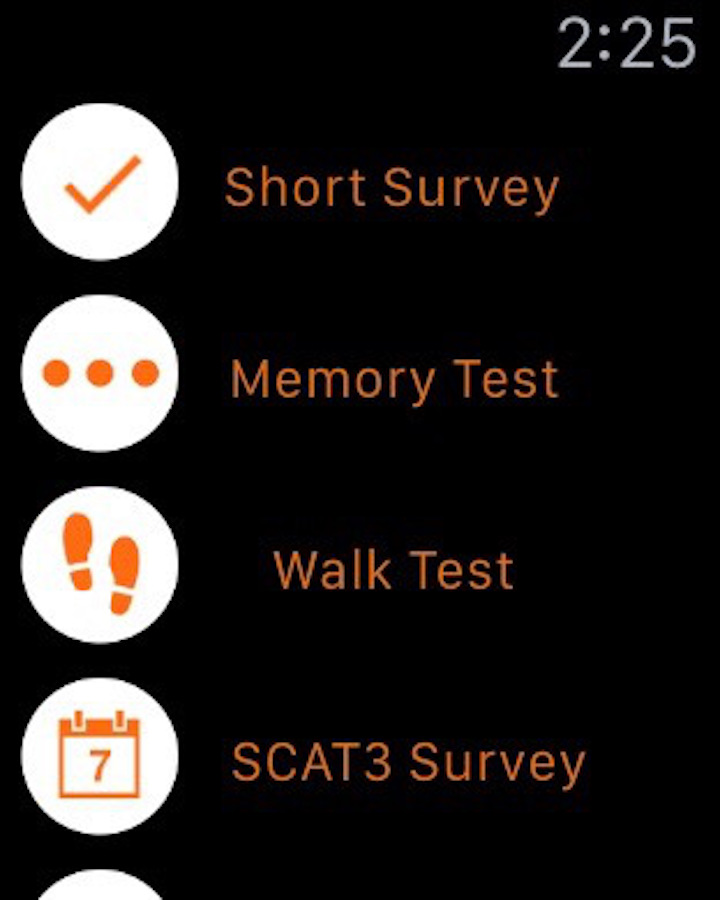
Concussion app gauges recovery
As the incidence of and focus on concussion grows, the neurotech community continues to develop diagnostic tools and treatment protocols. One such tool is the NYU developed Concussion Tracker app, and corresponding study, designed to track self-reported physical and cognitive function after concussion. The app does not, however, diagnose concussion. The goal is to monitor…
-
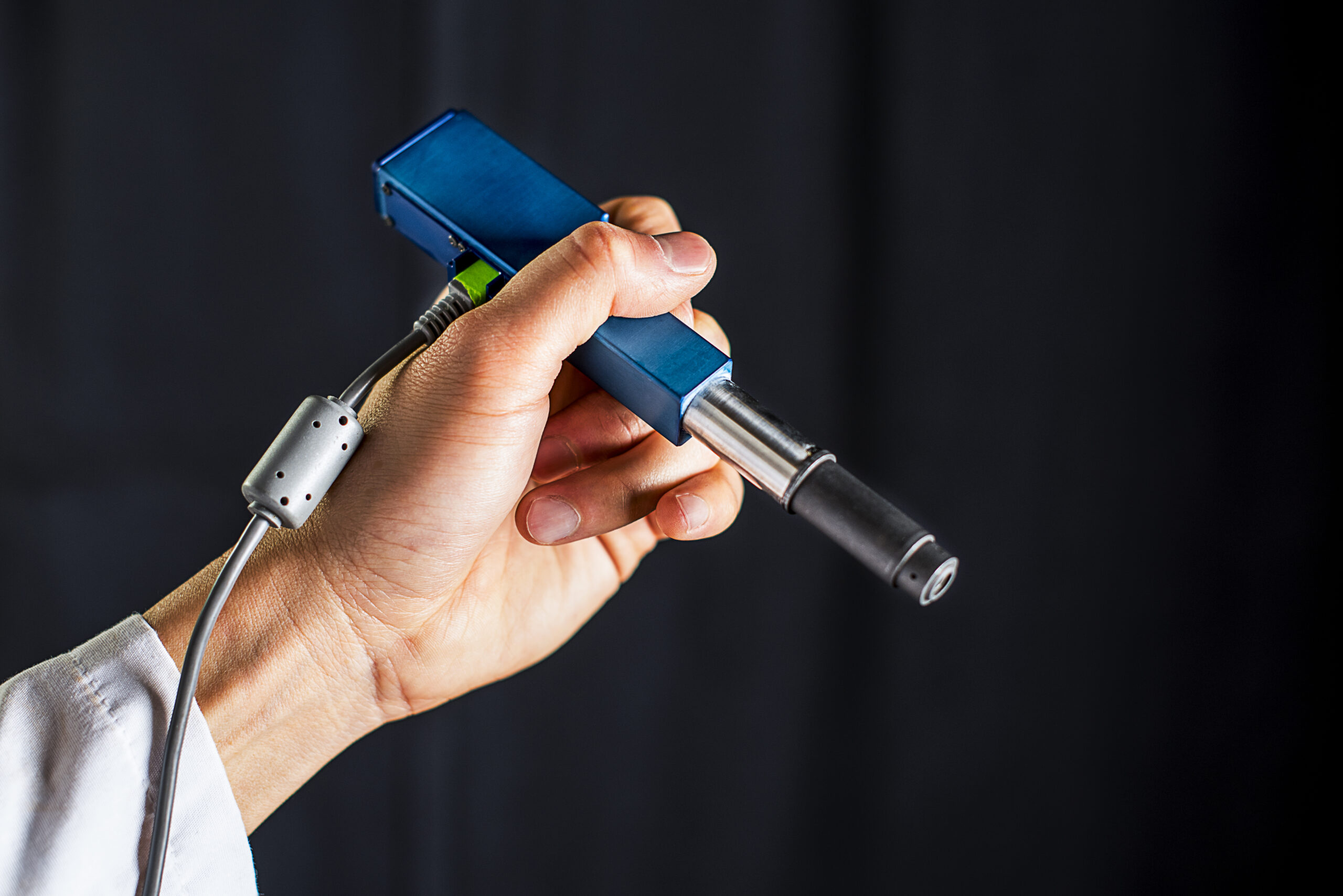
Handheld microscope identifies cancer cells during surgery
University of Washington, Memorial Sloan Kettering Cancer Center, Stanford University and Barrow Neurological Institute researchers are developing a handheld, miniature microscope to allow surgeons to “see” at a cellular level in the operating room. This can enable more precise brain tumor removal, as surgeons try not to leave cancerous material behind, while protecting healthy brain matter.…
-

Smart socks sense pain, pressure in diabetic neuropathy
SenseGo smart socks have multiple sensors that monitor pressure from poor posture, over-exertion, or ill-fitting shoes, all which could lead to diabetic foot ulcers. Pressure points are registered as electrical signals, and relayed to an app which informs the patient of a developing risk. The washable sensor socks, developed by Hebrew University professor Yaakov Nahmias, can compensate…
-

Flexible, sweat sensing, health wearable
Berkeley’s Ali Javey has developed a prototype band that uses sweat non-invasively assess medical conditions. It could also spot drug abuse, or provide information to optimize sports performance. The flexibility and computing power of the device build on the capabilities of earlier sweat sensors. A flexible plastic band contains sensors that measure the concentrations of sodium…
-
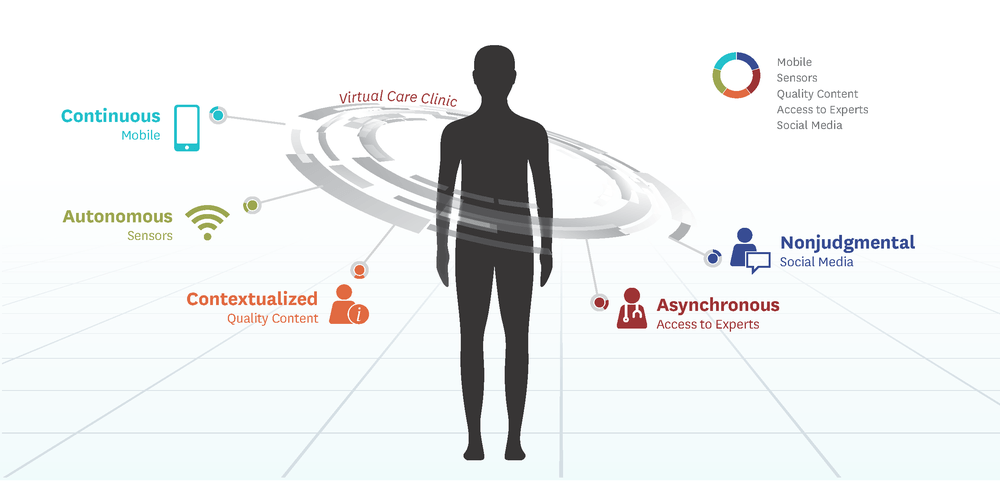
Virtual clinic uses apps, VR, data, wearables in remote care
USC’s Center for Body Computing, led by Professor Leslie Saxon, has created the Virtual Care Clinic, featuring vetted, best of class partners providing integrated remote healthcare solutions. The eight initial partners are Doctor Evidence, IMS Health, Karten Design, Medable, Planet Grande, Proteus Digital Health and VSP Global. Mobile apps, virtual doctors, data collection and analysis systems,…
-
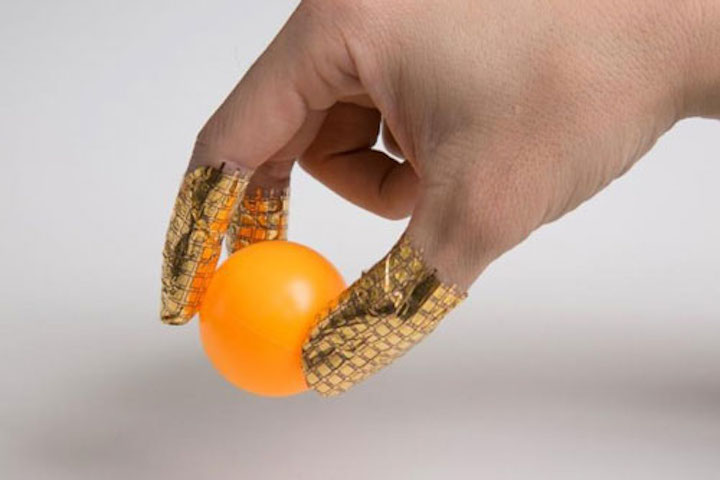
Nanofiber sensor glove could detect breast cancer
Tokyo University’s Takao Someya and Harvard’s Zhigang Suo are developing thin, bendable, pressure sensitive, nanofiber sensors that could be be incorporated into gloves to detect breast tumors. The 1.9 inch square sheet has 144 pressure measuring locations, and can detect pressure even when twisted. Many researchers are developing flexible pressure sensors, but they are vulnerable when bent…
-
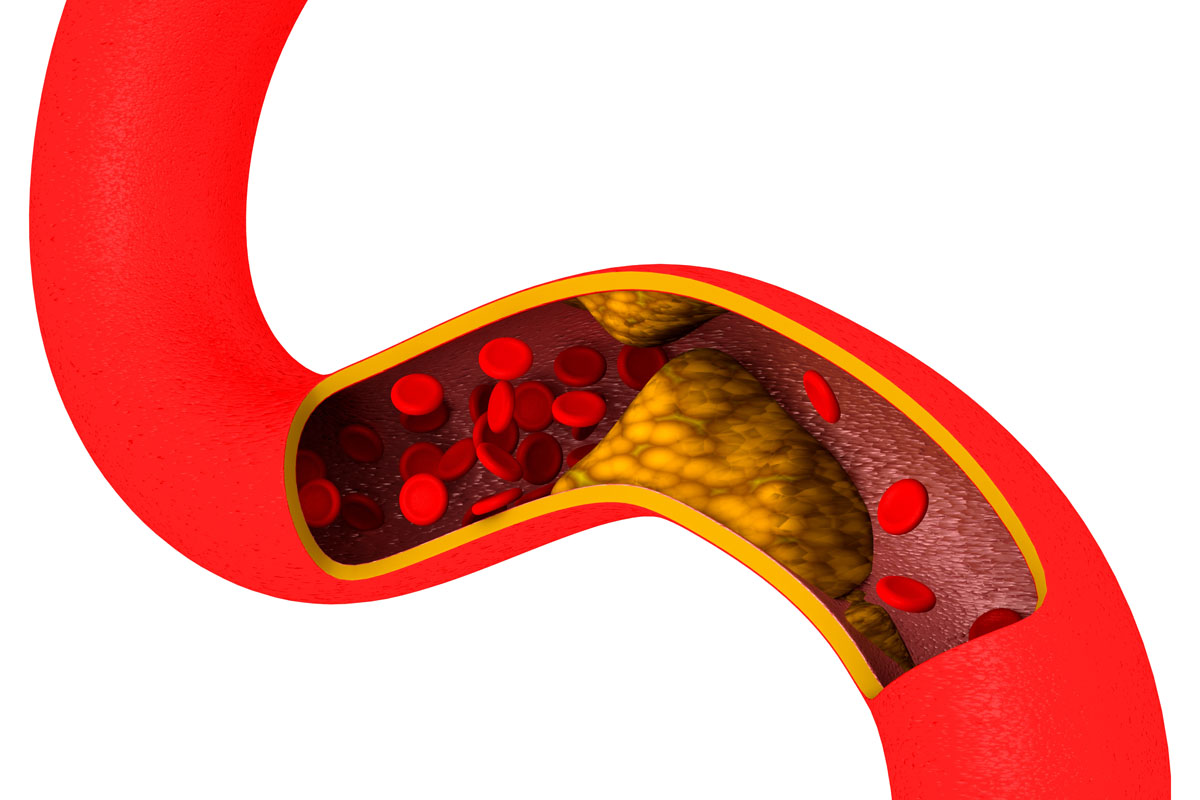
Genetic disease patients identified via machine learning
Stanford’s Nigam Shah and Joshua Knowles are using machine learning to search for people with familial hypercholesterolemia, a genetic disorder that causes high levels of LDL cholesterol in the blood. Only a 10 percent of people with the disorder are aware of it, and it is often diagnosed after a cardiac event — the risk of which can…
-

DARPA neural implant to enhance brain-computer connections
DARPA is leading the development of an improved neural implant for connecting the brain to computers, using advances neuroscience, synthetic biology, low-power electronics, photonics and medical manufacturing. Their goal is to to dramatically enhance neurotechnology research capabilities and provide a foundation for new therapies. The Neural Engineering System Design program aims to produce a miniaturized brain implant, smaller…
-
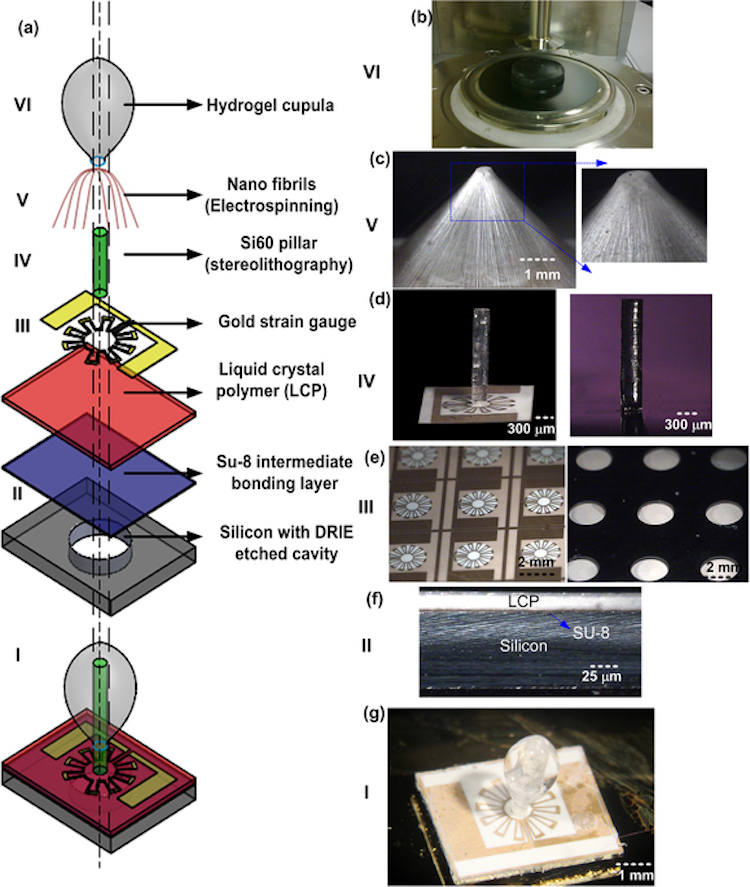
Sensor monitors, regulates IV fluid flow
The Singapore-MIT Alliance for Research and Technology‘s Ajay Kottapalli has developed a cheap IV drip sensor to monitor and regulate fluid flow. A signal is sent to a control unit which can adjust the flow speed or alert staff. This can reduce the amount of time nurses spend checking patient IVs — which is estimated at…
-
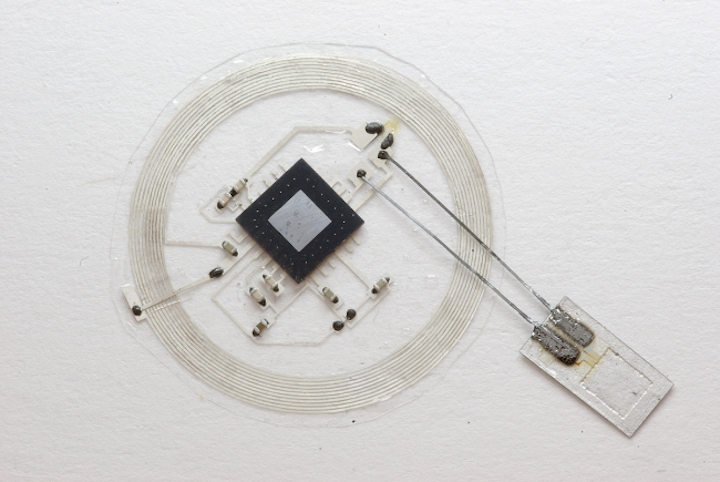
Self-dissolving implanted brain temperature, pressure sensor
Wilson Ray and Washington University colleagues, in partnership with John Rogers, have developed a miniaturized wireless device to monitor temperature and pressure when implanted into the brain following TBI. The implant then dissolves, to be naturally reabsorbed into soft tissue, once no longer needed. Current methods involve an implanted sensor that must be hard-wired to an external…
-
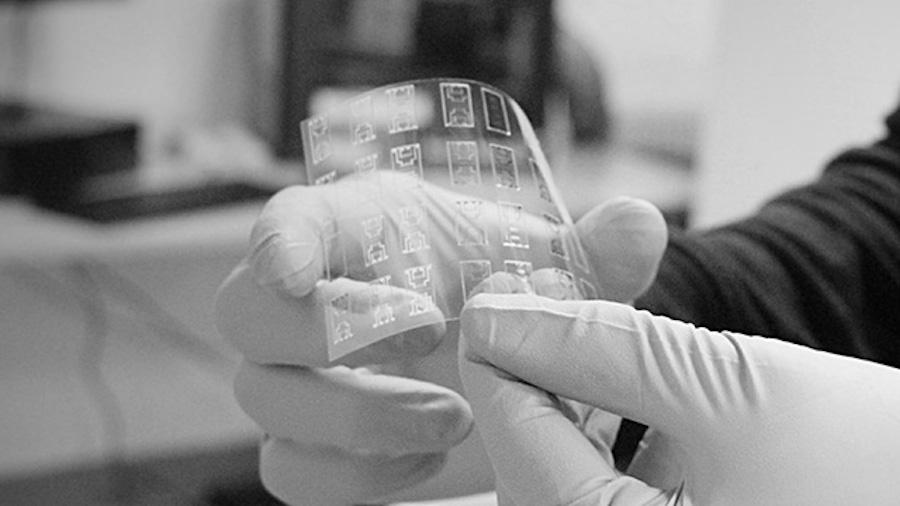
Glucose monitoring breath test
Applied Nanodetectors is in the early stages of developing a noninvasive breath sensor for diabetics to monitor daily glucose levels. By measuring the levels of volatile organic compounds in breath, if accurate, this could replace finger pricking for disease sufferers, and create a simple diagnostic test. The company has a related product that monitors the concentration of exhaled…
Got any book recommendations?